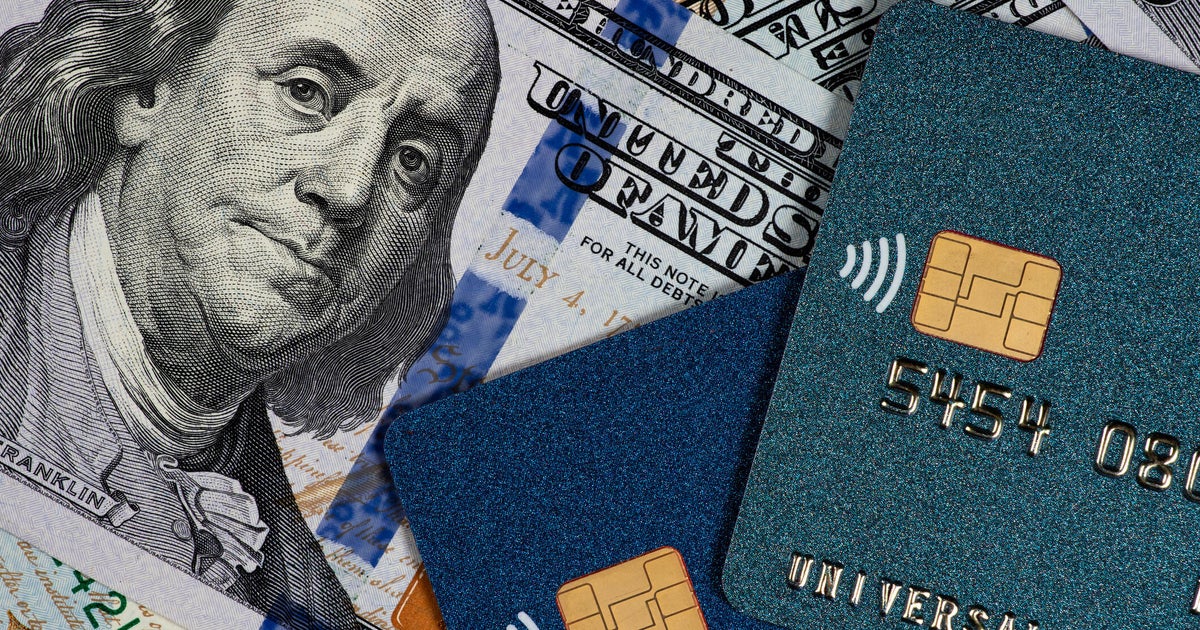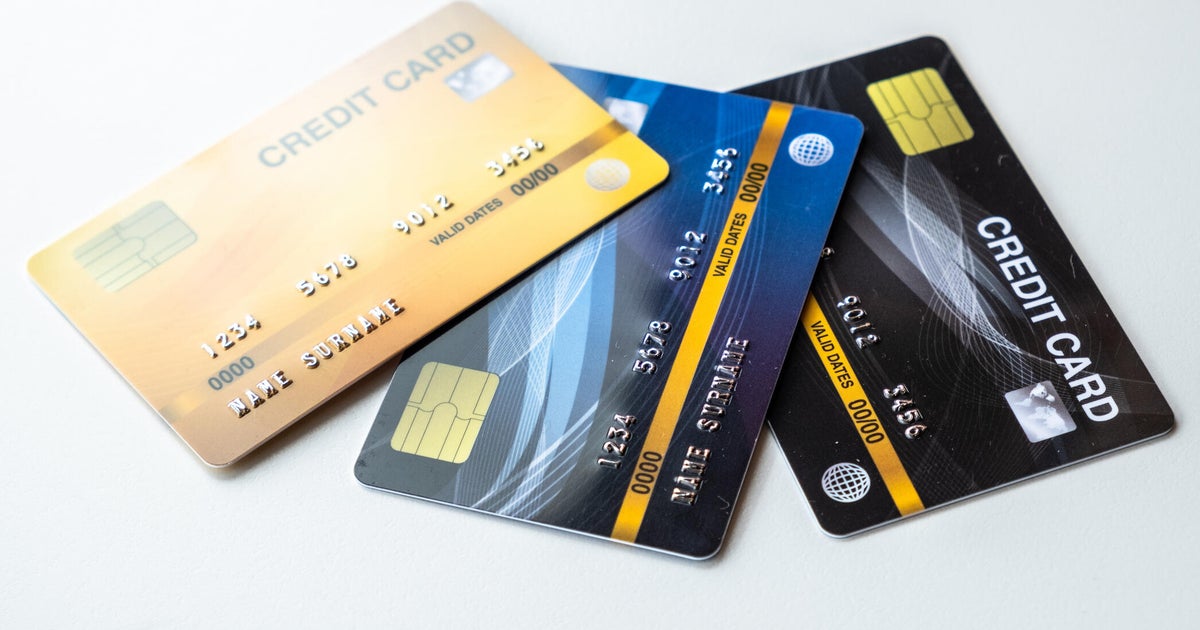How much does a debt relief program cost?
No matter how financially savvy you may be, there may be points where you find yourself grappling with debt. After all, it takes just one major financial emergency — whether it's an unexpected medical bill, a job loss or an expensive home or car repair — to put you into serious debt, especially if your emergency fund is lacking.
And, if you find yourself facing a mountain of debt, it's important to explore ways to regain financial stability and get things back on track. There are numerous solutions you can consider in these situations, but one viable solution is the use of debt relief programs — which include everything from debt management plans to debt settlement programs.
The right debt relief program can be a smart way to deal with overwhelming debt that you can't conquer on your own. However, one burning question that lingers in the minds of those considering this path is how much a debt relief program costs. Each comes with its unique features, benefits, and yes, expenses — so it's important to understand what debt relief expenses you may be on the hook for.
Find out more about your top debt relief options here.
How much does a debt relief program cost?
The cost of a debt relief program varies based on the type of debt relief you're pursuing. If you're considering some of the more common debt relief options, here are the costs you can expect to encounter:
Debt consolidation
Debt consolidation is a popular avenue to consider for those who are juggling multiple debts. The basic premise involves combining various high-interest debts into a single, more manageable payment. Typically, debt consolidation loans or credit card balance transfer offers are used to achieve this — so this option typically requires you to have at least a good credit score to qualify.
The cost of debt consolidation varies, though. For example, if you're opting for a debt consolidation loan, you won't typically pay any program fees, but you might incur fees such as origination fees or loan application charges, which are standard with most types of loans. Or, if you opt to consolidate your debt with a balance transfer, certain credit card balance transfer fees could also apply.
If you're going to opt for this type of debt relief, it's essential to carefully scrutinize the terms and conditions of your chosen method to understand the full financial implications.
Explore the benefits of debt relief online here.
Debt settlement
Debt settlement is a more aggressive approach to debt relief. In this scenario, a negotiator works with creditors on your behalf to settle your debt for a lower amount than what is owed. Debt settlement companies often charge fees based on a percentage of the total debt enrolled in the program.
While debt settlement can potentially help you save a significant amount of money, the associated costs should not be overlooked. These fees will typically range from 15% to 25% of the total enrolled debt — but can also vary based on the company you choose to work with. It's crucial to weigh the potential savings against the fees incurred — and consider the potential impact on your credit score — before making a decision.
Credit counseling
Credit counseling services offer a holistic approach to debt management. When you enroll in one of these programs, you work with a credit counselor who assesses your financial situation, provides budgeting advice and may negotiate lower interest rates with creditors.
The cost of credit counseling services varies based on the type of service it is. For example, nonprofit credit counseling agencies often charge nominal fees or operate on a sliding scale based on the individual's income. On the other hand, for-profit credit counseling agencies may charge higher fees, and it's essential to ensure transparency in fee structures if you want to pursue this option.
Bankruptcy
Bankruptcy is often considered a last resort for those drowning in debt. And, while it can provide a fresh start, it also comes with both significant financial and credit consequences. The costs associated with bankruptcy commonly include court filing fees, attorney fees and credit counseling fees — which can add up quickly but can also vary based on what your attorney charges, your court's filing costs and other factors.
In general, though, Chapter 7 bankruptcy, which involves liquidating assets to pay off debts, generally has lower attorney fees than Chapter 13 bankruptcy, where a repayment plan is established. But no matter what the costs are, it's still crucial to consider the long-term impact on your credit and financial future when contemplating bankruptcy.
DIY debt relief
If you're somewhat financially savvy, a do-it-yourself (DIY) approach to debt relief might be appealing. This could involve negotiating directly with creditors, creating a personalized debt repayment plan and exploring balance transfer options independently.
The costs associated with a DIY approach are primarily time and effort. But while this method may not involve upfront fees, it requires discipline, financial acumen and the ability to navigate negotiations with creditors successfully.
Other factors to consider
Beyond the explicit costs of debt relief programs, there are other critical factors to consider. For example, the impact a debt relief program has on your credit score, the potential tax implications and the overall effectiveness of the chosen method should all be weighed carefully.
It's also important to be wary of predatory practices within the debt relief industry. Some companies may make lofty promises without delivering substantial results, preying on the vulnerability of those seeking financial relief. Thorough research, reading reviews and checking with consumer protection agencies can help identify reputable service providers.
The bottom line
The cost of a debt relief program is multifaceted and depends on the specific approach chosen. Before embarking on any debt relief journey, it's important to conduct thorough research and carefully assess the overall financial impact that each option could have. While these programs can be a lifeline for those drowning in debt, informed decision-making is key to ensuring a path toward long-term financial health.




